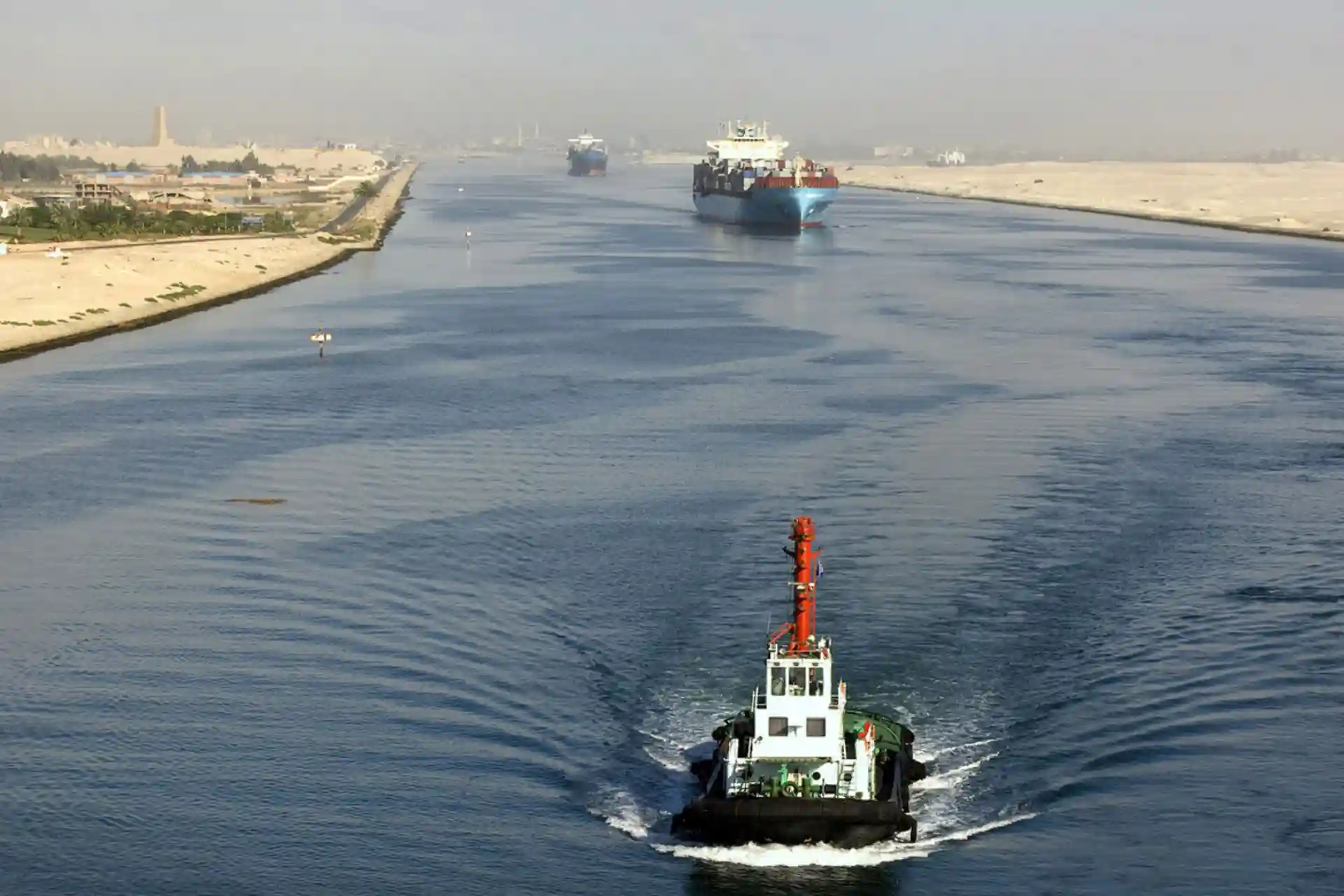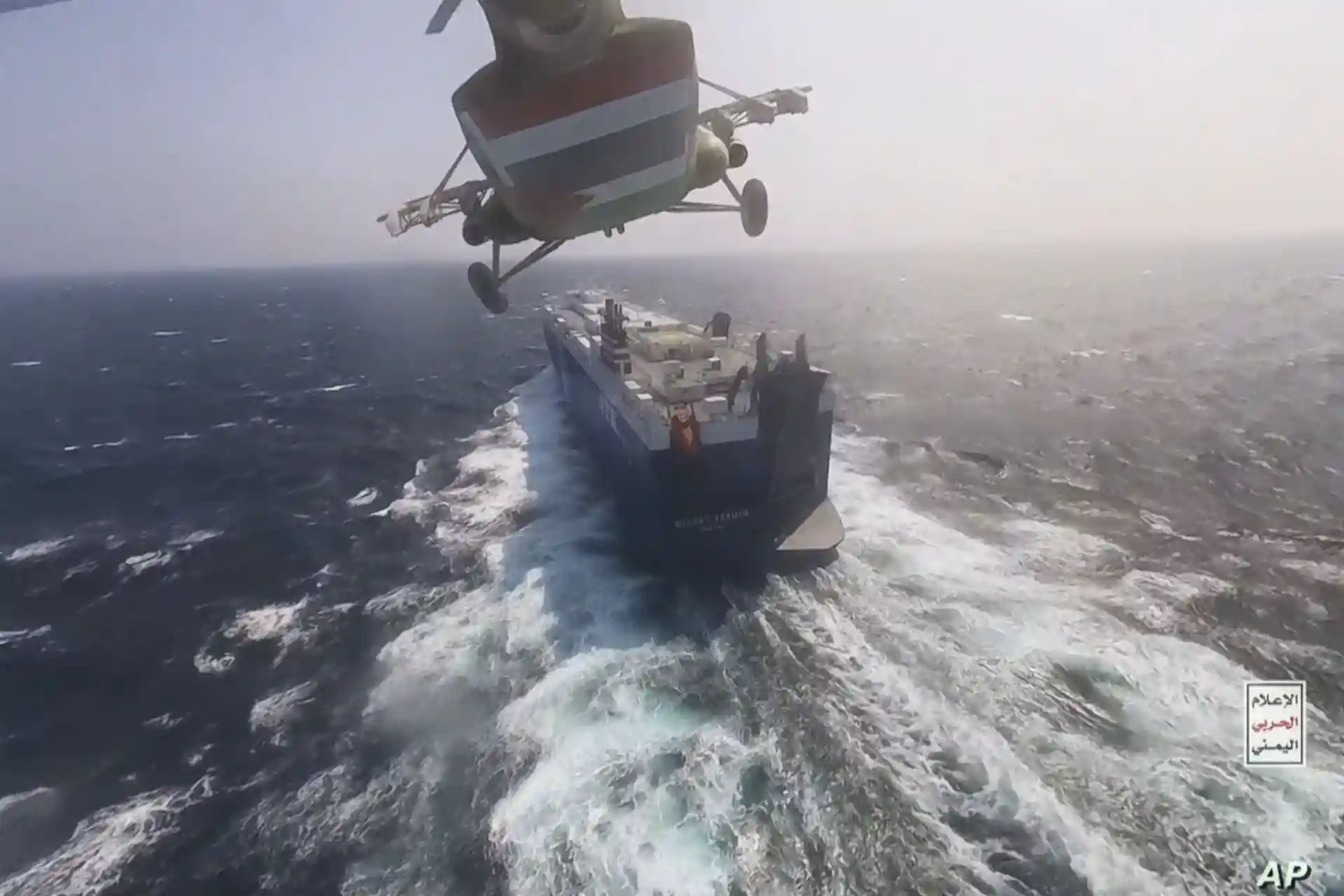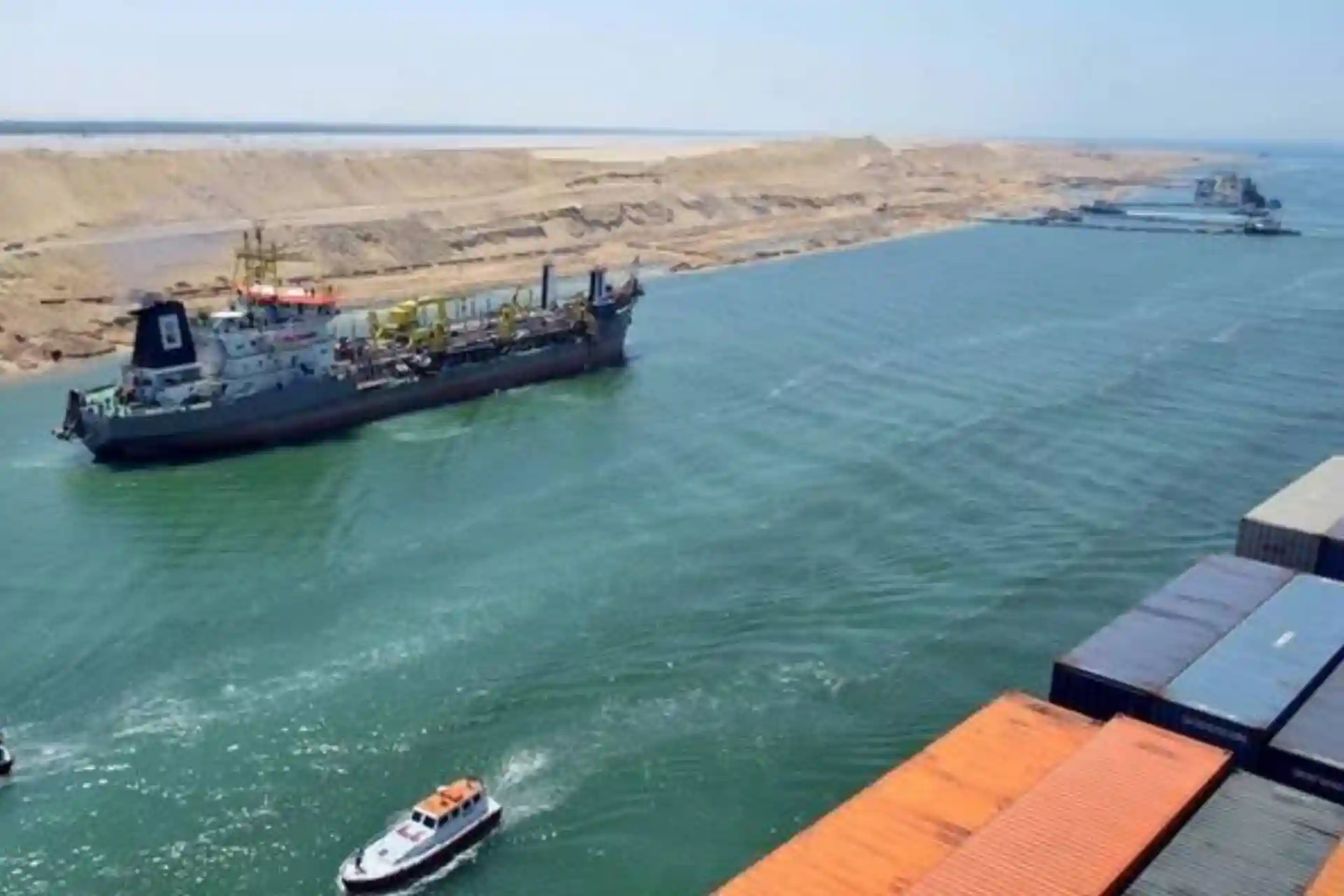The Red Sea crisis resulted in 13.6 million tons more greenhouse gas emissions
An additional 13.6 million tons of greenhouse gases were released into the atmosphere in the four months (from mid-December 2023 to April 2024) after the Houthis attacked Israeli-affiliated ships in the Red Sea and the ships began to circumnavigate Africa via the Cape of Good Hope. According to experts' calculations, if the crisis continues, the amount of waste may reach 41 million tons per year.
According to the US company Inverto, the carbon footprint (the sum of all greenhouse gas emissions produced directly or indirectly by humans, businesses, products, cities and countries) of merchant ships that began to circumnavigate Africa through the Cape of Good Hope as a result of Yemen's Houthi attacks on Israeli-affiliated ships in the Red Sea - ed.) significantly increased the amount.
It is noted that in the four months since the beginning of the Red Sea crisis (from mid-December 2023 to April of this year), an additional 13.6 million tons of carbon dioxide emissions were generated as a result of changes in the direction of ships heading to the Cape of Good Hope. This is equal to the amount of harmful gases emitted by 9 million cars during the same period.
Experts estimate that emissions could reach 41 million tons a year if the crisis continues, putting companies at risk of meeting zero-emissions goals.
For information, about 80 percent of the world's international trade is carried out by sea . Greenhouse gases released into the atmosphere as a result of cargo transportation make up 2.2% of total greenhouse gas emissions.
Fuel consumption is also increasing as ships change routes due to the crisis in the Red Sea.
"More fuel means more carbon emissions, loss of biodiversity and lower quality of life in the future," Sabri Oz, head of the Department of Industrial Policy and Technology Management at Istanbul University of Economics, told Onadoli.
A delay of just 10 days in the sea route due to the Red Sea crisis would result in an estimated 0.2 percent increase in emissions, he said.
According to Oz, the increase in the volume of traffic through the Cape of Good Hope was caused by the decrease in the water level in the Panama Canal and the increase in the prices for the passage in the context of climate change, in addition to the ongoing tension over the situation in the Red Sea.
In the first quarter of 2024, sea traffic at the Cape of Good Hope increased by 27%, he noted.
As tensions in the Red Sea escalate and the Suez Canal is closed, 12 percent of maritime trade could be disrupted, with political, economic, social and environmental consequences, an Istanbul University lecturer has warned.



